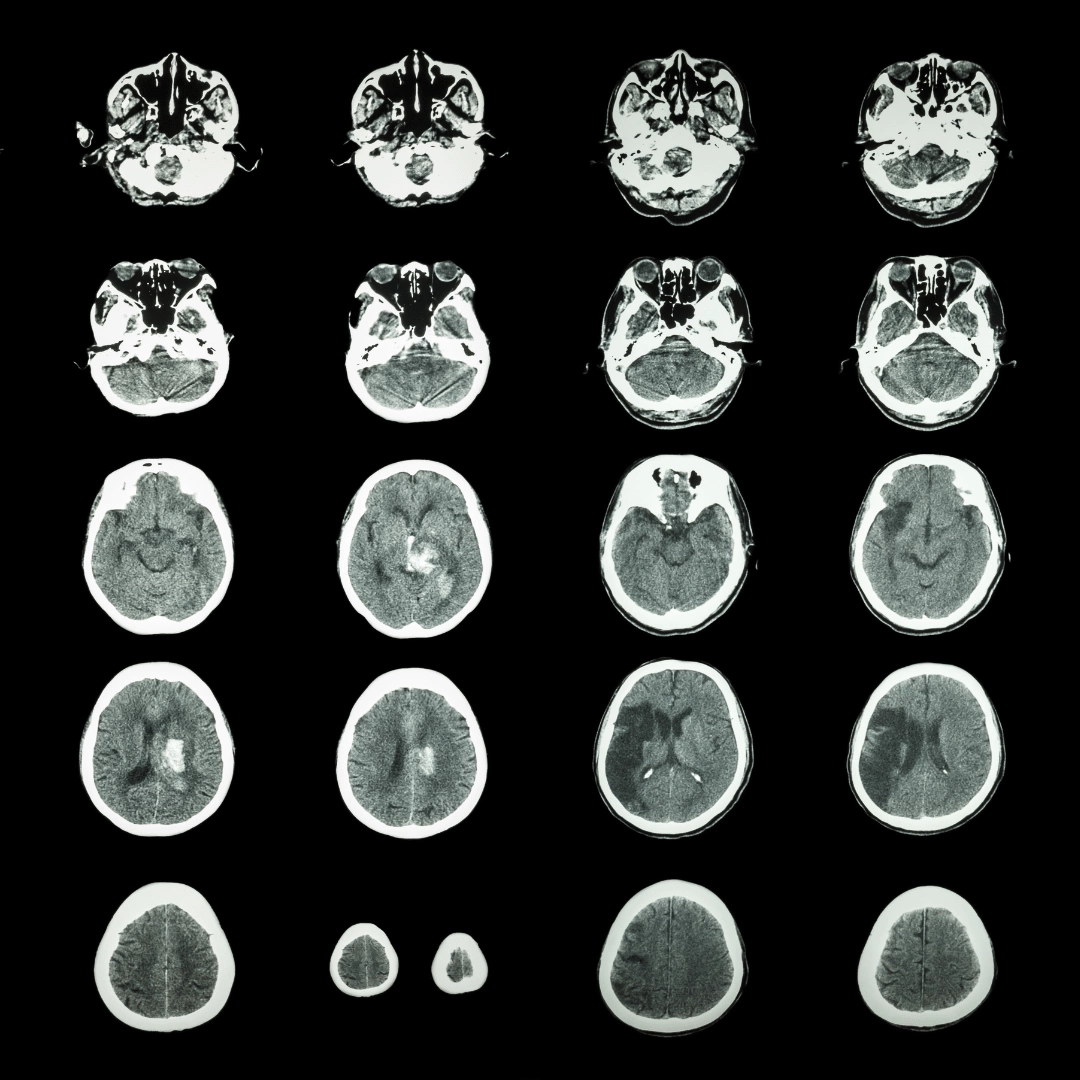All strokes are not alike in symptoms or intensity. While we tend to connect stroke to the most common symptoms of slurring words, drooping face, and weakness on one side of the body, some stroke patients experience more subtle symptoms, and some experience no symptoms at all. This last type of stroke is called a “silent stroke.”
Silent stroke vs. mini-stroke
A “mini-stroke” is the common name for a transient ischemic attack (TIA). A TIA is caused by a temporary blockage of blood flow to part of the brain, causing temporary stroke-like symptoms. A TIA or mini-stroke is not to be ignored, because while symptoms generally disappear after a short time (hours or even minutes) it is often a sign of a stroke on the way. In fact, about one third of the people who experience a TIA subsequently experience a full stroke, often within days. Therefore, if you have any stroke symptoms, even if they rapidly dissipate, visit a doctor quickly.
A silent cerebral infarction (SCI) or silent stroke, by contrast, is a true stroke that does not show symptoms, or has symptoms so minimal that the patient doesn’t notice them. An SCI is caused by a clot in a blood vessel that blocks flow to a part of the brain. If the part of the brain that is damaged is small, or if that part of the brain does not control essential functions, it is possible to have minimal or no symptoms, thus earning it the name “silent.”
Diagnosing a silent stroke
Generally, because there are no distinguishable symptoms, a silent stroke is not usually diagnosed quickly. You may experience some mild changes as time goes on, such as headaches, declining cognitive abilities, dizziness, balance problems, or general weakness. If you experience any such symptoms, contact your doctor.
Usually an SCI is discovered when a patient receives a brain scan for some other reason, or if the patient is experiencing otherwise unexplained mild symptoms that mimic stroke damage. A silent stroke will appear on the patient’s brain scan as white spots or scar tissue, or if recent, swelling, inflammation, or bleeding.
Prevention and Treatment
In 2016, the American Heart Association estimated that as many as 8 million to 11 million Americans experience a silent stroke each year. Silent strokes are caused by the same factors that cause a major stroke, but atrial fibrillation (AFib), which is an irregular heartbeat, is often associated with silent strokes. Other stroke symptoms, which are organized into the acronym BE FAST, include:
- B – Balance difficulties
- E – Eyesight changes
- F – Facial droop
- A – Arm weakness
- S – Speech difficulties
- T – Time to call 911
Having a silent stroke increases your risk of another, worse stroke in the near future, and recurring small strokes increase your risk of neurological complications or cognitive decline. Therefore, treat your silent stroke as you would a more serious one and do all you can to eliminate risk factors, by cutting back on alcohol, quitting smoking, lowering blood pressure and cholesterol, improving blood sugar, exercising, and eating a healthy diet.
Consider adding Neuralert’s innovative stroke detection monitor to your stroke prevention plan. Our unique, non-invasive wristband technology looks like a smartwatch but can detect asymmetry of arm movement, one of the most common symptoms of stroke, within minutes and send an alert to the medical team of your choice. Fast action can decrease the damage caused by a stroke and help you recover more quickly. Ask your doctor about partnering with Neuralert.
